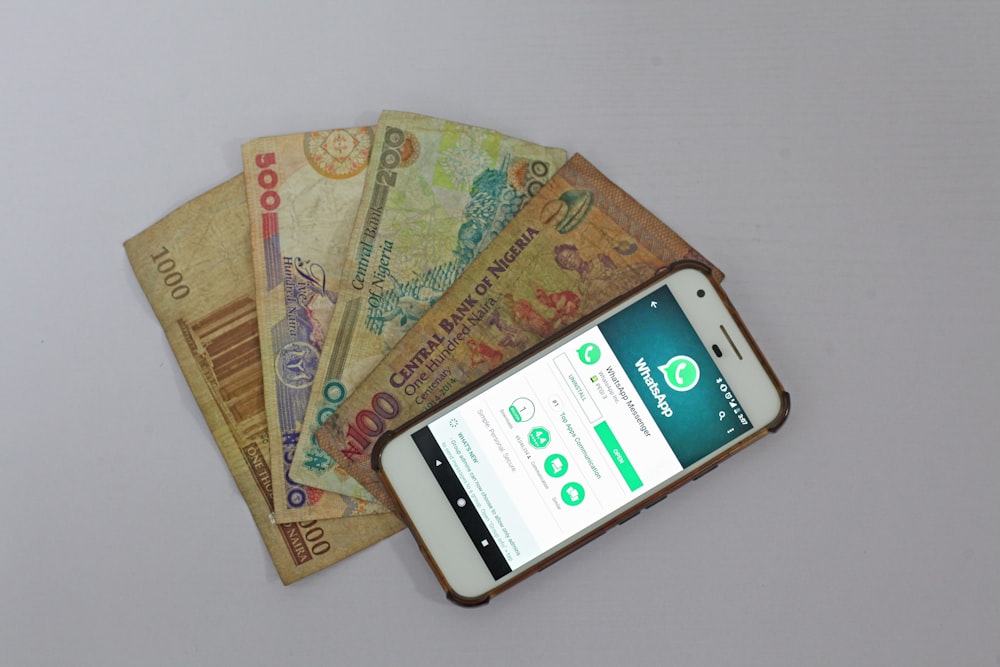Financing is one of the biggest blocks for entrepreneurs when setting up a company. Finding the capital for even a small business can be difficult. Yet, there has been exponential growth in the number of small and medium enterprises in the Southeast Asia region. How are these SMEs getting their capital?
In the past few years, alternative financing has become more prominent with the development of the fintech industry. Fintech is helping to eliminate the problem of under banking, prevalent amongst the approximate 659 million people living in the region, by making banking more accessible. With the growth of internet banking, online microlending is also becoming more available to all.
We explore what the Southeast Asia fintech players are up to
What are microloans?

Money makes the world go round, and in a world where the distribution of wealth is so uneven, it can be challenging for someone who has none, to change their situation and make some. This is where financial institutions and peer-2-peer (p2p) lending comes into play.
Developing countries are the perfect breeding ground for small or microloans, allowing people to borrow enough to start their company or support an already up-and-running business.
Quite often, microloans are p2p with one or more people coming up with the finance for the company and receiving high-interest payments, as well as the principal investment when the loan matures.
Growth of microloans
In Southeast Asia, the value of this type of financing, along with other alternative methods, has grown from approximately $46.65 million USD in 2015 to over $215.94 million USD in 2016. This phenomenal increase shows the hunger for capital investment in the region. It proves this is a lucrative industry for those willing to put their cash in, as well as helping the people trying to move from poverty to a comfortable life.
As more people become aspiring entrepreneurs, inspired by the success of other companies, the need for more money to be made accessible to those who have difficulty using mainstream banks or have a poor credit history is essential.
Online microlending opens the door even further since the region has one of the highest numbers of smartphone users in the world and accessing goods and services through the internet is continuing on an upward trend.
Big data, small loans
Before money can be handed over, creditworthiness needs to be established to protect the lender’s investment. This is where big data comes in. Information gleaned from the applicant’s smartphone use, banking transactions, email banking and government data combine to ascertain the security of a loan.
CredoLab uses alternative data to give credit ratings and provides software to lenders to help them manage the underwriting of loans. Through their machine learning algorithms, they process the probabilities of defaulting or full repayments of loans in seconds, speeding up approval processes.
Similarly, LenddoEFL accesses big data to create a credit profile for those seeking finance. It plans to reinvent consumer finance, and in the past four years of business, they have enabled over 5 million people to access loans and increased financial inclusion in developing nations.
Microlending companies in Southeast Asia

With the need for accessible financing stronger than before, microlending businesses in Southeast Asia have become more popular than ever. Companies operating in the microfinancing sector are relying on alternative data sources to create credit ratings and match lenders with loanees.
One of the key players providing services in this ever-evolving sector includes Lendr, a company based in the Philippines. Lendr is a frontline service provider allowing people in the Philippines access to cash or credit quickly simply by using their mobile phone. Applications are processed 24/7, making access to money almost seamless.
Looking to the future, it is expected that this reliance on online microlending will continue, with other markets opening up further. Governmental policy changes in Laos towards microloans have occurred in recent years as they push to lift the country out of poverty and eliminate the nation’s status as one of the poorest countries in the world.
Ride-hailing unicorn Grab, based in Singapore, is also moving into the field with their GrabFinance product. Offering its drivers and merchants loans for big-ticket items, to pay off other loans, fund business expansion or fund their dreams. GrabFinance is also open to SMEs in Singapore to help them finance growth or enhance their cash flow and aims to assist 300,000 enterprises in the country.
Indonesia is also seen as a potential rising star in the area of microloans. The large, predominantly poor population offers a fertile breeding ground for companies. Already there are some very popular platforms such as Crowdo and iGrow, offering to finance the masses.
In the coming year, the fintech trend of providing speedy and safe online microlending is expected to continue, helping a roti maker in Singapore rent a better stall in a hawker centre or a small farmer in Indonesia buy seeds and equipment. Despite the often small amounts of money involved, these loans can make big differences in people’s lives.
